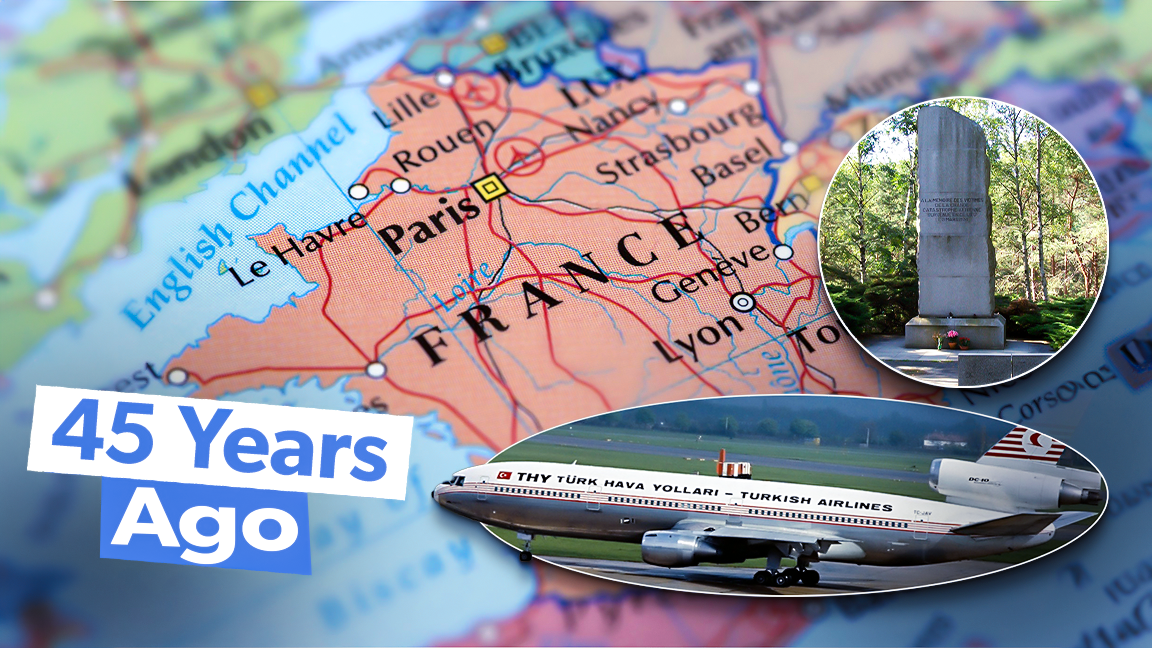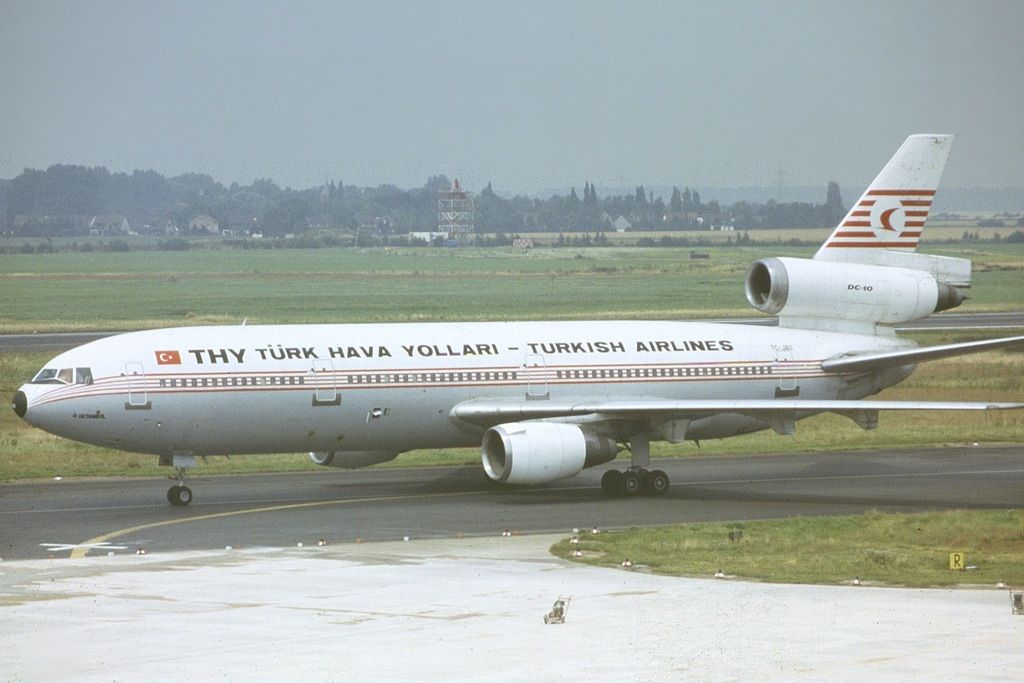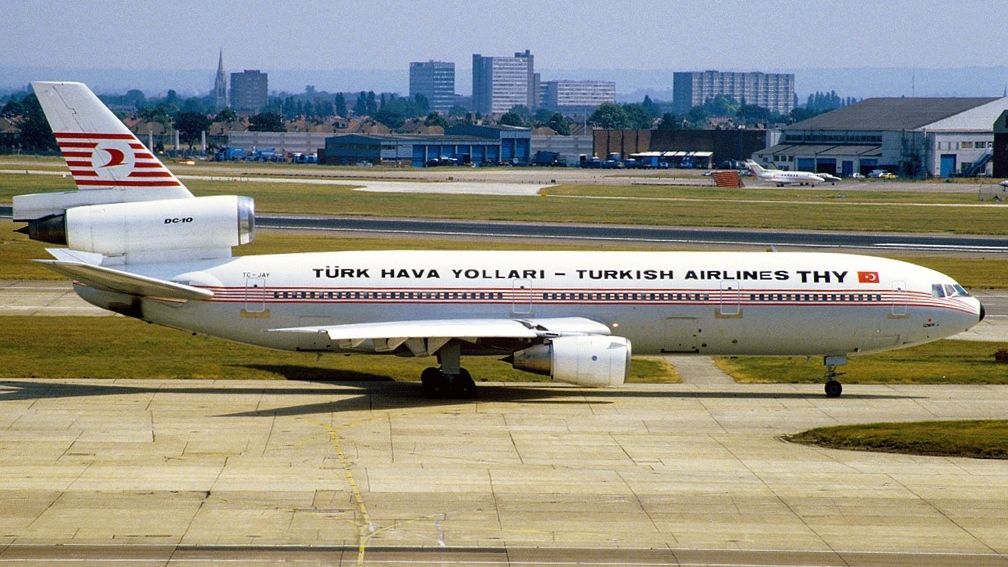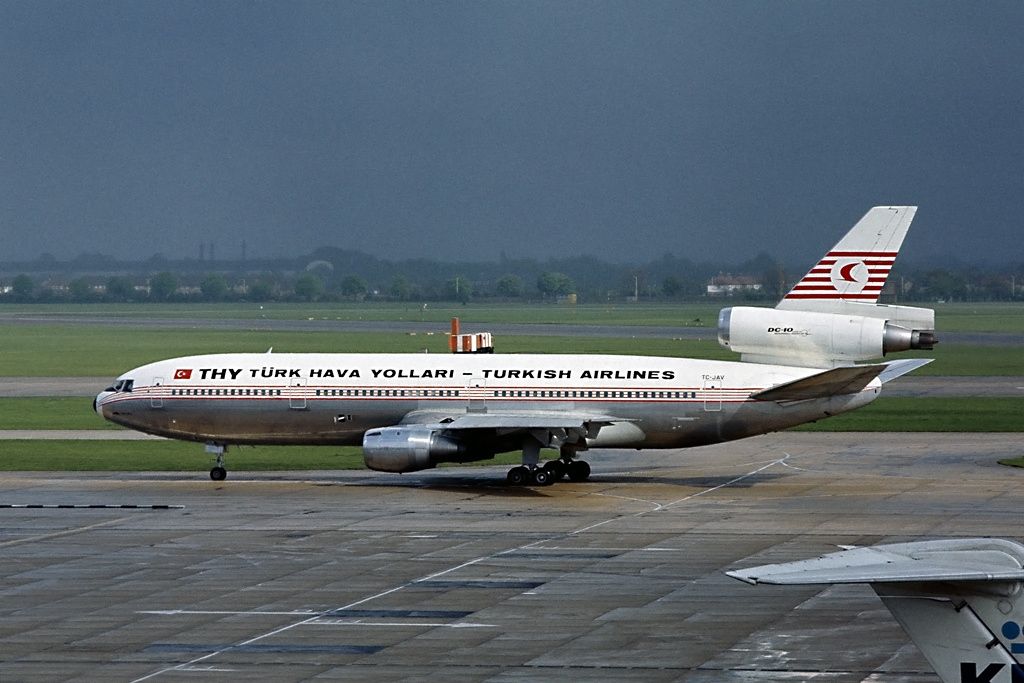Turkish Airlines Flight 981 crashed on March 3, 1974, in what was the deadliest single-aircraft aviation accident in the world at the time. The McDonnell Douglas DC-10's cargo door tore off while it was flying over France, causing an explosive decompression that severed the cables needed to control the aircraft.
A tragic sequence of events
Flight TK981 was a regularly scheduled flight from Istanbul Atatürk (formerly coded as IST, now ISL) to London Heathrow (LHR), with a stop at Paris Orly (ORY). The first leg from Istanbul to Paris went smoothly, with a flight time of around four hours. While the Paris to London sector was normally fairly quiet, an ongoing strike by British European Airways meant that the economy cabin was full on this fateful flight.
The aircraft took off at 12:32 PM local time, but things started to go wrong within minutes of departure. While flying over Meaux, around 31 miles (51 km) into its journey, the DC-10's rear cargo door blew off. This caused a huge pressurization difference in the cabin right above it, and this section was ripped off the aircraft, along with the six passengers seated there.
The loss of the rear cargo door and subsequent explosive decompression cut a number of cables, resulting in the pilots losing control of several critical parts of the aircraft, including the rudder, elevator, and engine two.
The loss of control pushed the nose down 20 degrees and caused an increase in speed. Attempts to pull the nose up and level off failed, causing the DC-10 to crash into the Ermenonville Forest just 77 seconds after the cargo door was ripped off. The location of the crash meant the accident is also known as the Ermenonville disaster.
The aircraft crashed at a speed of 486 mph (783 km/h), breaking the DC-10 into thousands of pieces. This made identifying the victims and collecting evidence challenging, given the sprawl of the wreckage. In total, all 346 people onboard lost their lives - 11 crew members and 335 passengers, including the six passengers who died after the cabin section was ripped apart.
The investigation centered around the cargo door and the reason it ripped off. It quickly became clear that the cause was a design flaw and failure by ground engineers to ensure the door was in the locked position before takeoff. In particular, the DC-10's rear cargo door's hinge had not moved into the correct position, and the locking pins were not in place. This meant upon passing an altitude of 11,000 ft, the bolts gave way, and the door swung open.
On the day, Turkish Airlines reportedly had no engineer on the ground at Orly, leaving one of the baggage handlers to close the door. After he followed the basic procedure, the warning light in the cabin was switched off, and he presumed the door had closed successfully. However, in reality, the locking pins were not engaged, and the cockpit light was a false indicator.
The legacy of Flight TK981
The investigation sparked blame on Turkish Airlines and McDonnell Douglas, with both at fault for different parts of the crisis. The airline had failed to station an engineer on the ground and had reportedly rushed the training process for the DC-10.
McDonnell Douglas reportedly knew about the flaws with the door design, and had not implemented an NTSB directive following a similar incident. The manufacturer subsequently faced multiple lawsuits from the families of the victims. The aftermath saw several design changes to the DC-10 to prevent such crashes and renewed scrutiny of the design process.
The Boeing 747 also suffered a similar incident when a cargo hatch failure caused part of the fuselage of United Airlines Flight 811 to burst open in February 1989. Nine passengers were blown out of the aircraft and died shortly after departure from Honolulu (HNL), bound for Auckland (AKL).
Flight TK981 went on to become the deadliest single aircraft crash for over a decade, until the crash of Japan Airlines Flight 123 in August 1985. 520 of the 524 people onboard died when the Boeing 747 crashed 62 miles (100 km) from Tokyo following structural failure and an explosive decompression.
However, the deadliest air crash overall remains the collision between two Boeing 747s at Tenerife North-Ciudad de La Laguna Airport (TFN) in March 1977 (the airport was known as Los Rodeos Airport at the time). A KLM 747 initiated its take-off roll while another 747, belonging to Pan Am, was still on the runway. In total, 583 people lost their lives.
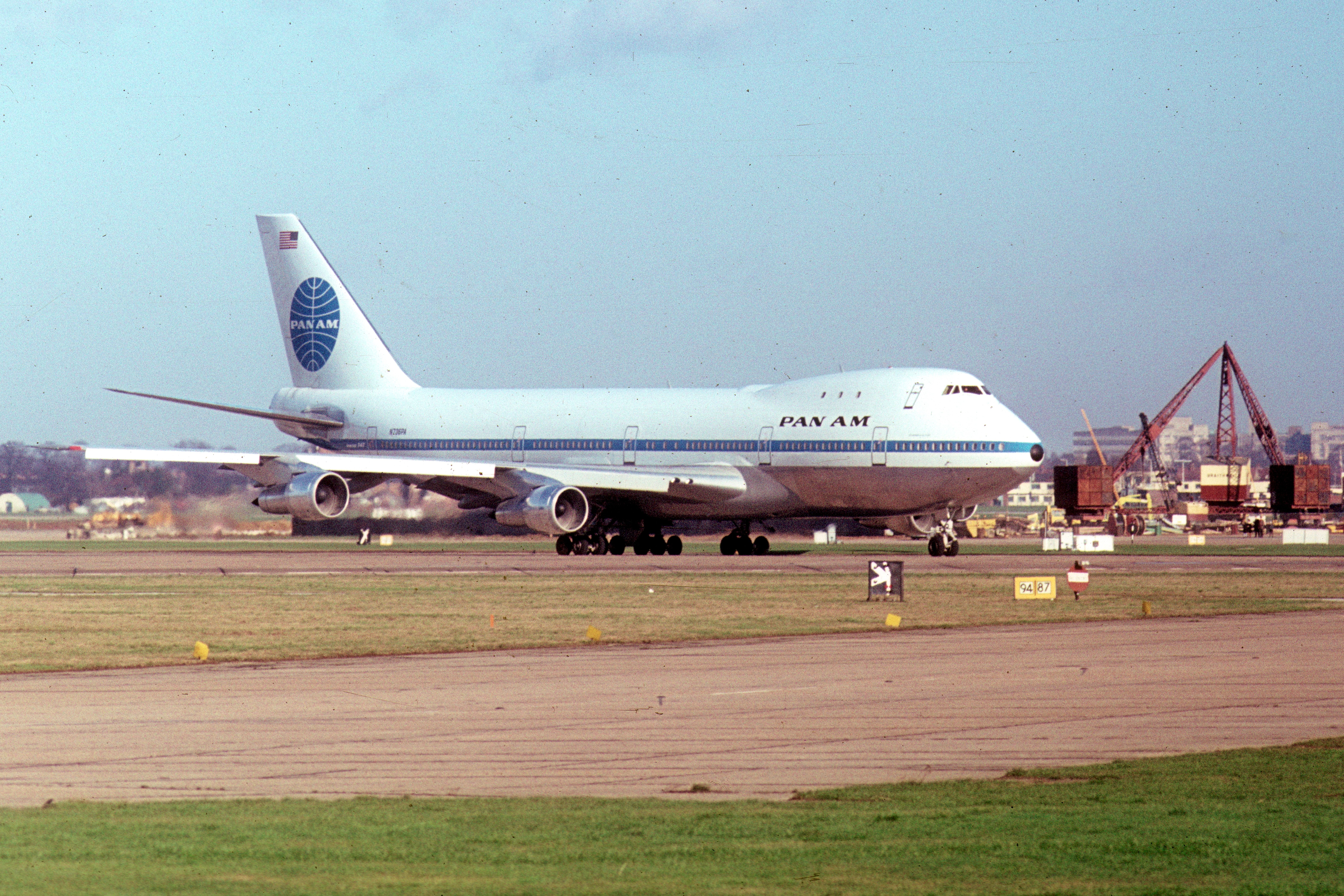
The Story Of The Tenerife Airport Disaster
Looking back at the deadliest disaster in aviation history.The McDonnell Douglas DC-10 first took to the skies in August 1971, with American Airlines as the type's launch customer. McDonnell Douglas went on to produce almost 400 DC-10s, and other major operators over the years have included Hawaiian Airlines, Japan Airlines, Malaysia Airlines, and Northwest Airlines. The DC-10 remained in commercial service until February 2014, when Biman Bangladesh Airlines operated the final passenger service from Dhaka (DAC) to Birmingham (BHX).
Turkish Airlines today
Turkish Airlines managed to recover from the reputational damage inflicted by the crash of Flight TK981, and has grown to become the world's largest airline in terms of the number of destinations served, currently operating flights to more than 340 destinations around the world, such as:
- Los Angeles (LAX)
- Melbourne (MEL)
- Osaka (KIX)
- Boston (BOS)
- Colombo (CMB)
Data from ch-aviation shows that the carrier's fleet is made up of 359 aircraft, including 18 Airbus A350-900s and 35 Boeing 777-300ERs. Turkish Airlines also has a significant number of aircraft on order, including 195 Airbus A321neos.
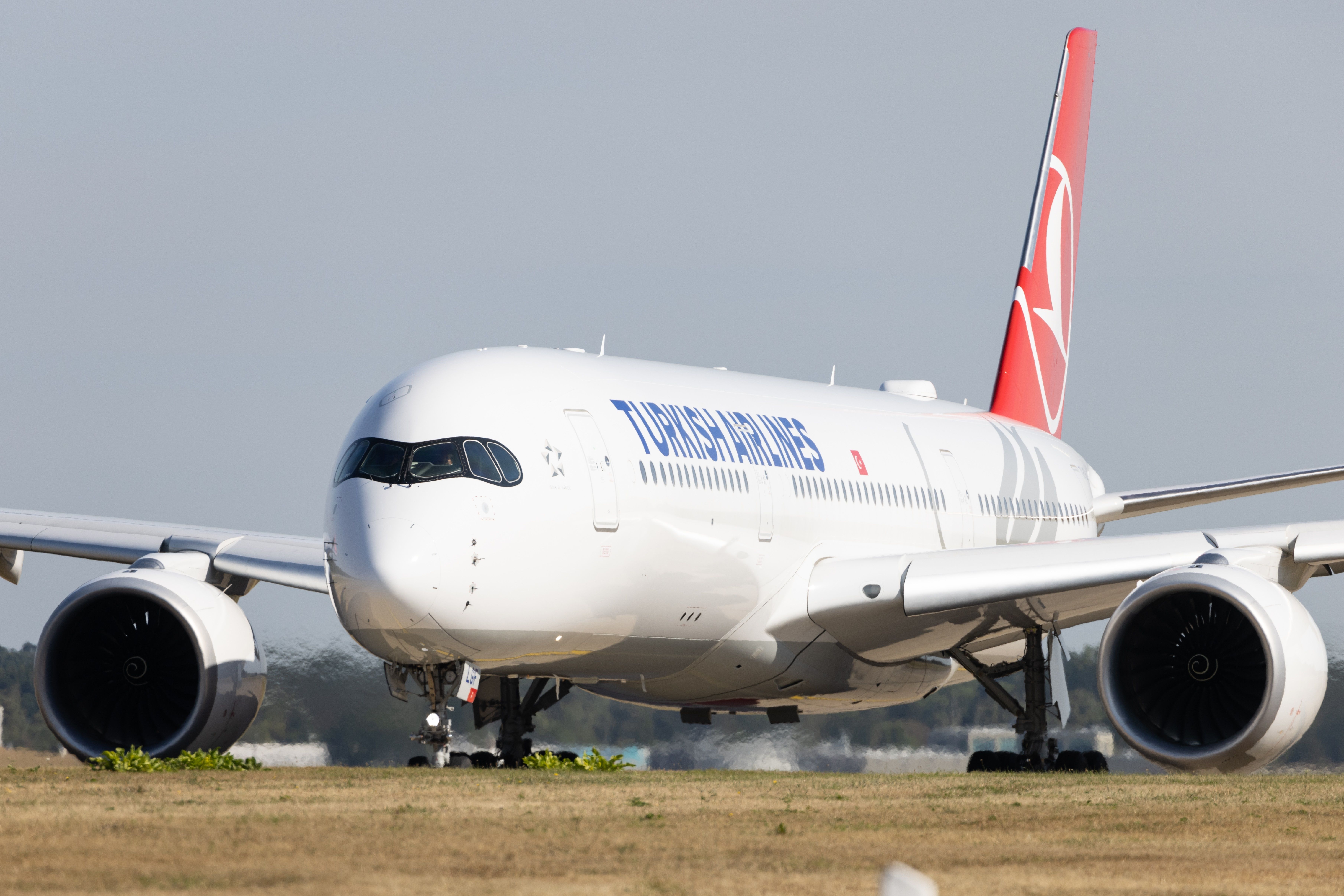
Up To 22 Daily Flights: A Closer Look At Turkish Airlines' Record US Network
Flights have doubled since 2019.What do you make of the tragic events of March 3, 1974, when a Turkish Airlines McDonnell Douglas DC-10 crashed, killing all 346 onboard? Share your thoughts by commenting below.

